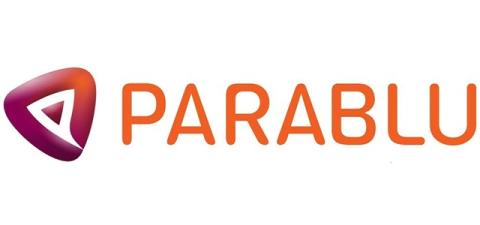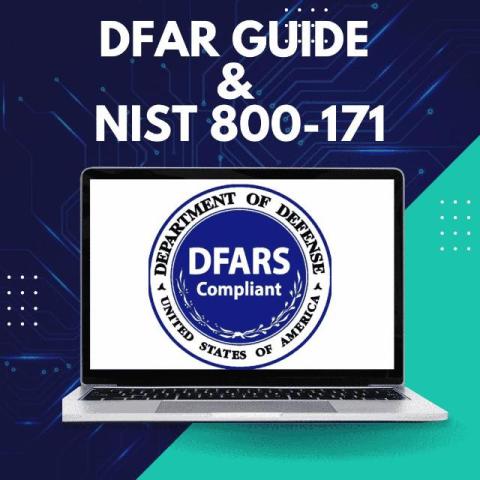Aligning Your Cybersecurity Strategy with the NIST CSF 2.0
So, you're considering integrating the NIST CSF 2.0 (National Institute of Standards and Technology Cybersecurity Framework) into your cybersecurity practices. Congratulations! You've taken the first step toward improving your organization's cybersecurity posture. However, you may need clarification about the best approach to aligning your cybersecurity practices with the NIST CSF.










